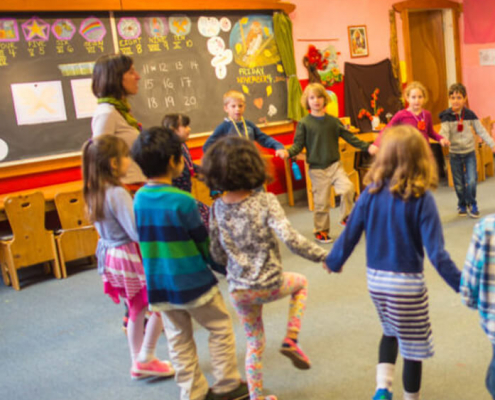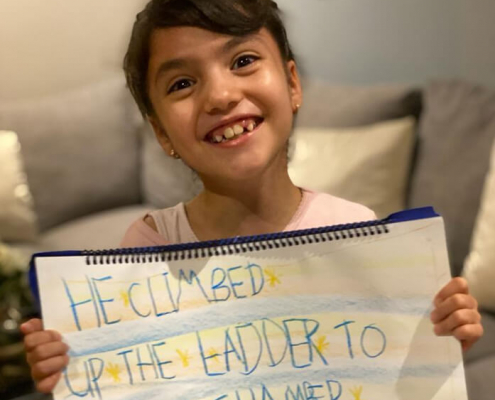¿Sabes cómo enseñamos la lectoescritura en Trinus?
Hans Tholken explica cómo se utiliza la mente, manos y corazón en la introducción de la lectoescritura en Trinus. Puedes ver el video o leer la explicación.
Before we had the letters of the alphabet (Alpha, Betha, Gamma etc.), there
were PICTURES. The Aztecs in Mexico and the Egyptians used PICTOGRAPHS to write. Carving pictures in stone with hammer and chisel engaged the entire human being, HEAD – HEART – and HAND.
Today’s writing is merely a function of the HEAD. You need three fingertips to hold the pencil or just one finger for punching the keys on your computer. So we at TRINUS provide images too to introduce the letters and we engage the entire human being. We might tell a story about a king who gives orders to his soldiers. The teacher draws a picture on the chalkboard of a King standing in the shape of a K. So the first grade students connect the abstract sign of the sound K to the picture of the king. – Children at that age are still thinking in pictures, in images. The children may create the letter in clay or cut it out of painted paper. They stand or lie down in the shape of the letter. All this happens before the students actually write the letter in their book. This way we introduce all of the CONSONATS.
VOWALS represent inner feelings, in comparison to the outside pictures of the consonants. Even we as adults say “AH” when we see something amazing like a sunrise. Or when we hear an owl in the dark forest we might shiver and say “UH”. You already might have noticed it: in the beginning of writing and reading we focus on the sound of the letter, rather than the name of it. This helps to decode the composition of a word, the first and most important step into SPELLING. What does it start with? What comes next? And so on.
When all the letters are introduced the way I have described, the teacher takes a song, or a poem that students already know by heart and writes it on the chalkboard, children copy it in their books. The students then “read” the poem or song whilst the teacher follows the lines with a pointing stick. This is done repeatedly before one or the other student is asked to trace the lines whilst the class is reading.
The teacher might speak a line in the middle of the poem and asks if the
students can find this line. Or he asks: “Who can find the word with a double L?”, “Who finds the longest, who can find the shortest word”.
This way of approaching reading and writing, that begins at TRINUS in First Grade helps to develop a reading with COMPREHENSION, rather than a TECHNICAL reading, a sheer recognition of letters and words.
Further on in their school career the students will benefit from this way of
learning to read and to write. It will support them on the way to become a life-long reader, which is not given anymore in our times of various distractions.
Hans Tholken








